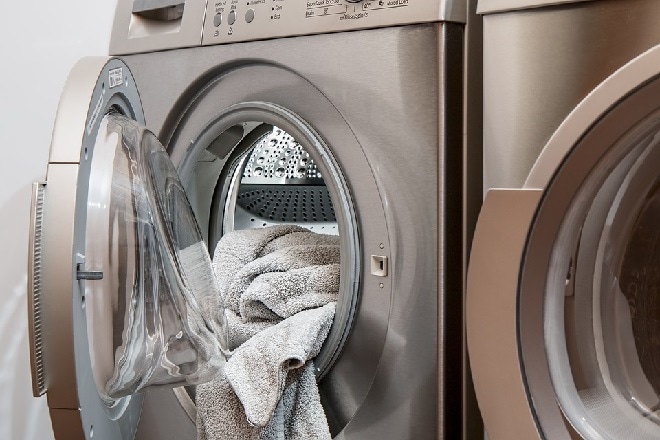I love ballet! I must admit that I sprang up from my chair — although, not literally — when I found out that the GST rate on admission to a ballet performance has been reduced from 28% to 18%. But I think, what I love more is clean clothes without a lot of effort and food that I can store for two days.
It would be funny for me to cry foul over washing machines and refrigerators still being taxed under the highest 28% GST rate, because I already own these items, but that’s not the case with my friend Chiranjibi Thapa. He does not have a washing machine; and you know what else he does not have — any interest in ballet.
He believes it is unfair to keep “essential” goods under the highest bracket. So does Krishna Pratap Tomar, who says, that it is “very bad to keep white goods under 28% tax rate, which bachelors like him need on a day-to-day basis”. He adds: “On the other hand, the services, which are availed by the well-off, for whom this reduction would not mean much, are getting tax cuts.”
“For us every penny matters. There is an everyday struggle to make the ends meet. I am sure those who can afford to go to ballet performances or an amusement park can also afford to pay an extra tax,” the 27-year-old analyst at an MNC adds.
In November last year after massive rate rationalisation on 177 items, an unidentified senior government official was quoted by the Times of India as saying that the GST Council might be slashing rates on white goods — in the next meeting, or soon enough.
The official explained that tax rates on restaurants were lowered “to free women from household chores, which begin with packing lunch for children in the morning and extend till late at night”, and that “globally, products such as dishwashers and washing machines are seen to be items which have unburdened women, leaving them with more time for themselves or other productive work”.
I am ready to ignore the sexist tone behind the rationale of slashing tax rate on white goods, because the end, sometimes, justifies the means. But the end has not come, just yet!
Now, for quite some time, Finance Minister Arun Jaitley has been reiterating the fact that the GST Council aims to limit the 28% tax bracket to just sin or demerit goods. Since November, the GST Council has had two more meetings, which led to the early-roll out of the e-way bill and some more tax rate cuts — on 29 items and 54 services, but not on the ‘necessary’ ones.
Of course, the government is in a tight fiscal situation and a minor fiscal slippage was inevitable, but, at the same time, the consumer-electronics sector has not been doing great either. The growth has reportedly been single-digit or almost flat in the past four quarters, according to an IANS report. Kamal Nandi, Vice President of the Consumer Electronics and Appliances Manufacturers Association (CEAMA) said that the only time the industry saw some growth was in the month of June, the pre-GST-era sale month.
It is also true that the overall cost of the white goods went down by 3-4% in the post-GST era due to the input tax credit system. The final price of some goods, however, was said to have been hiked 3-6% by Godrej in the month of November and December as input costs of raw materials spiked.
Meanwhile, lower tax rates can motivate manufacturers to produce consumer electronics such as dishwashers and washing machines in India than to import into India. So, the question really is, why are washing machines and refrigerators still under highest GST rate of 28%, Mr Jaitley?


